The Habitat Regulations 2017 and the Wildlife and Countryside Act offers protection for a number of the UK's more vulnerable species. This means that special care and consideration is required when working around the following:
Badger Survey
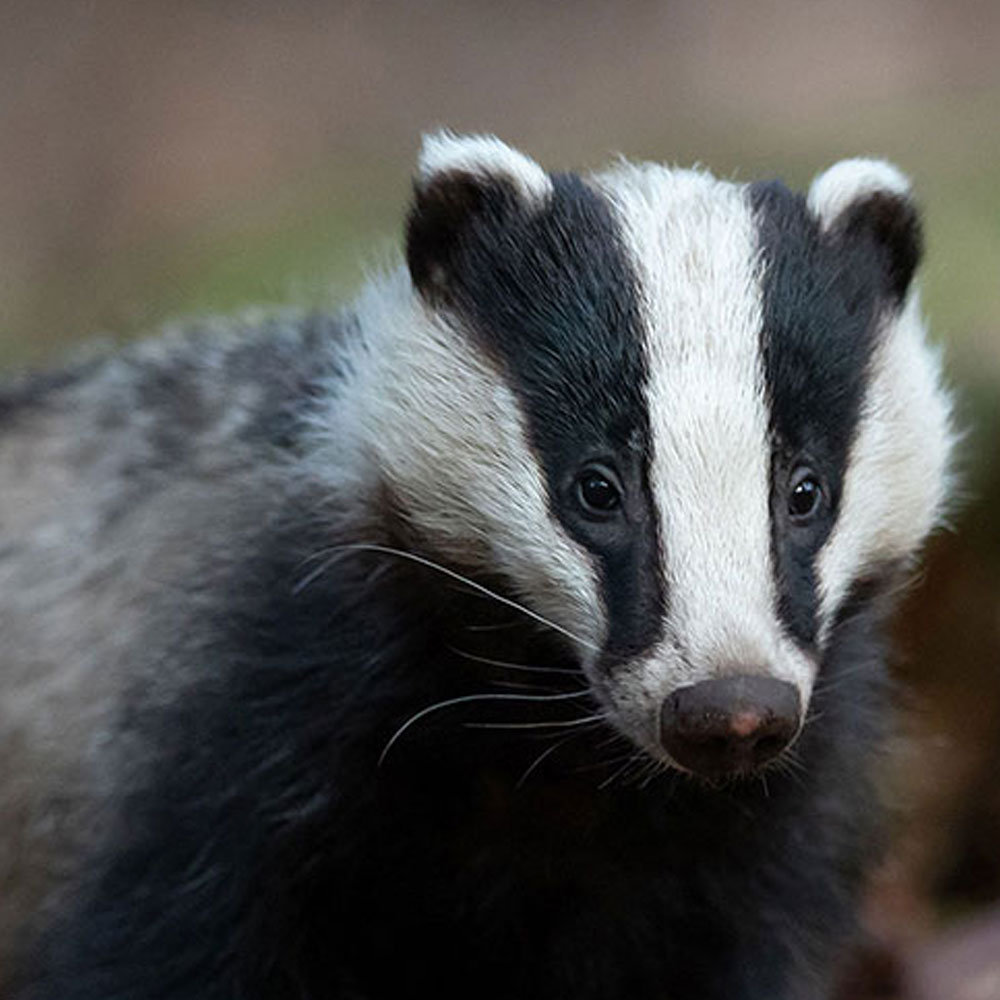
Badgers are protected under the Protection of Badgers Act 1992 and the Wildlife and Countryside Act 1981 (as amended).
Orbis Ecology can carry out badger surveys on sites where there is potential to cause disturbance, damage to or destruction of badger setts.
I Need A Badger SurveyBarn Owl Survey

If Barn Owls are present or very close to a development site, all reasonable measures should be taken to ensure that no disturbance is caused.
This is particularly important during the breeding season to ensure that no offence is committed under the relevant wildlife legislation. Barn owl surveys are often carried out at the same time as a preliminary ecological assessment of a structure for bats.
I Need A Barn Owl SurveyDormouse Survey
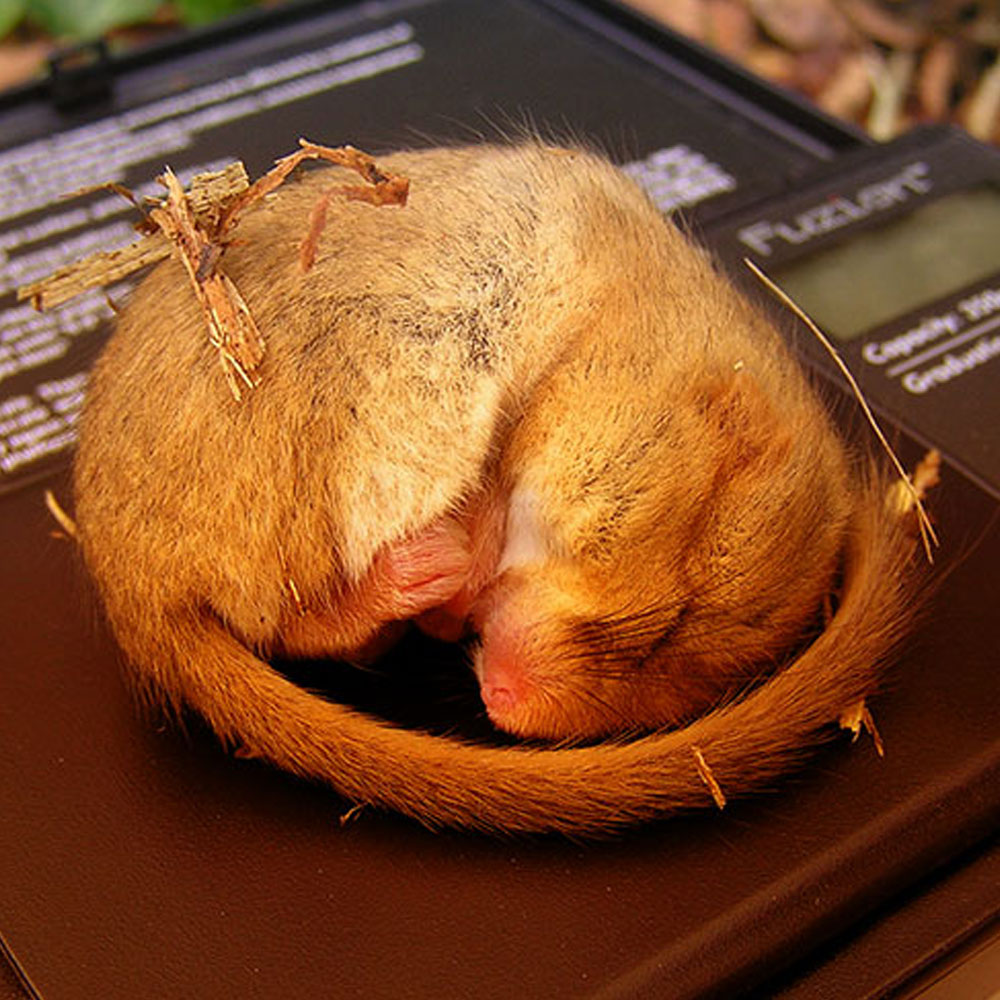
Research has shown that dormouse populations are in decline and they are protected under current legislation.
It is important to survey for dormice if there are suitable habitats on site. Dormice like diverse habitats that contain a range tree species and native shrubs.
As dormice are a nocturnal species, dormouse surveys tend to focus on identifying field signs to confirm their presence. This can include searches for nests and dormouse nibbled hazelnuts. Nesting tubes or boxes can be erected in areas assessed as being suitable for dormice. Our team hold Natural England class licences for dormice, and are experienced dormouse ecology and survey.
Nesting tube surveys are carried out during the dormouse active season - between May and September. The tubes should be installed in April then checked monthly for signs of dormice to determine presence or potential absence. If dormice are using your site you may need to apply for a European Protected Species Licence from Natural England before works can commence.
Nesting Bird Survey
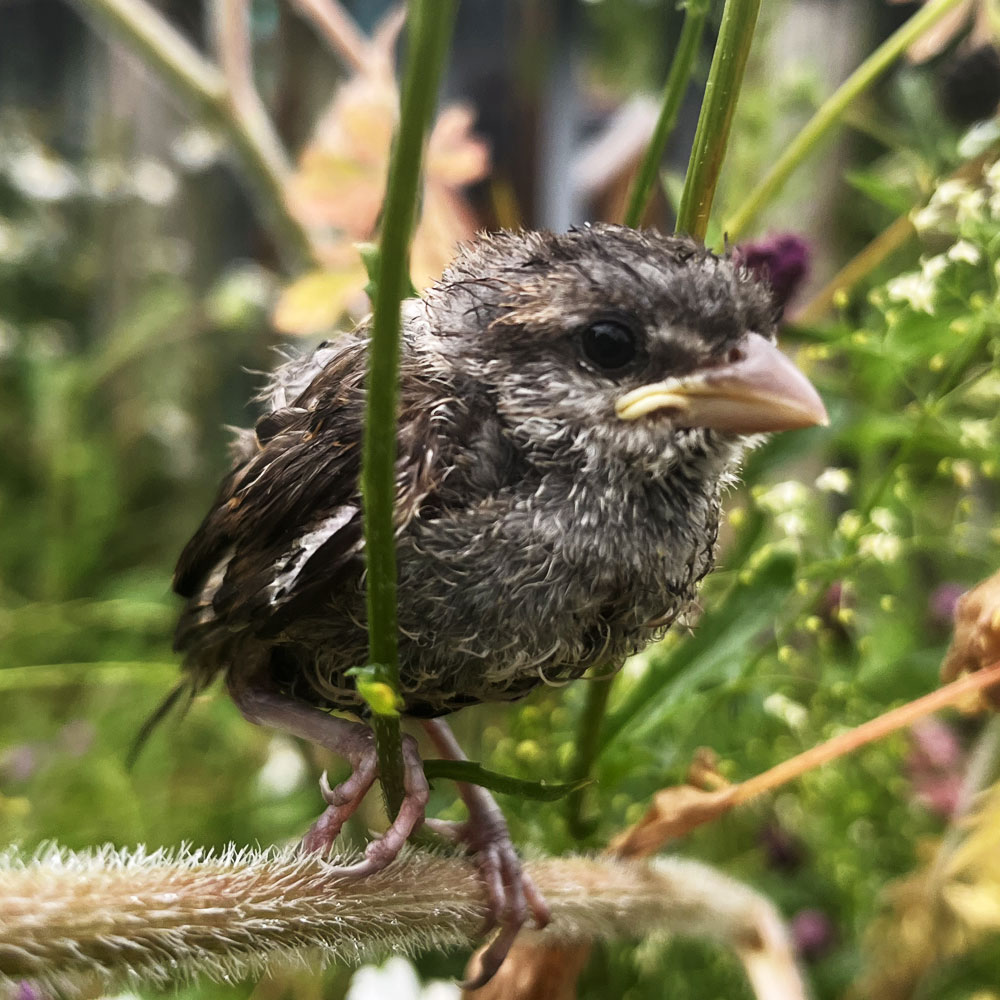
All wild nesting birds and their eggs are protected and it is an offence to take, kill or destroy birds, their eggs or their nests.
The nesting season runs from March to September and so special precautions must be taken to avoid disturbing them during this time.
I Need A Nesting Bird SurveyOtter Survey
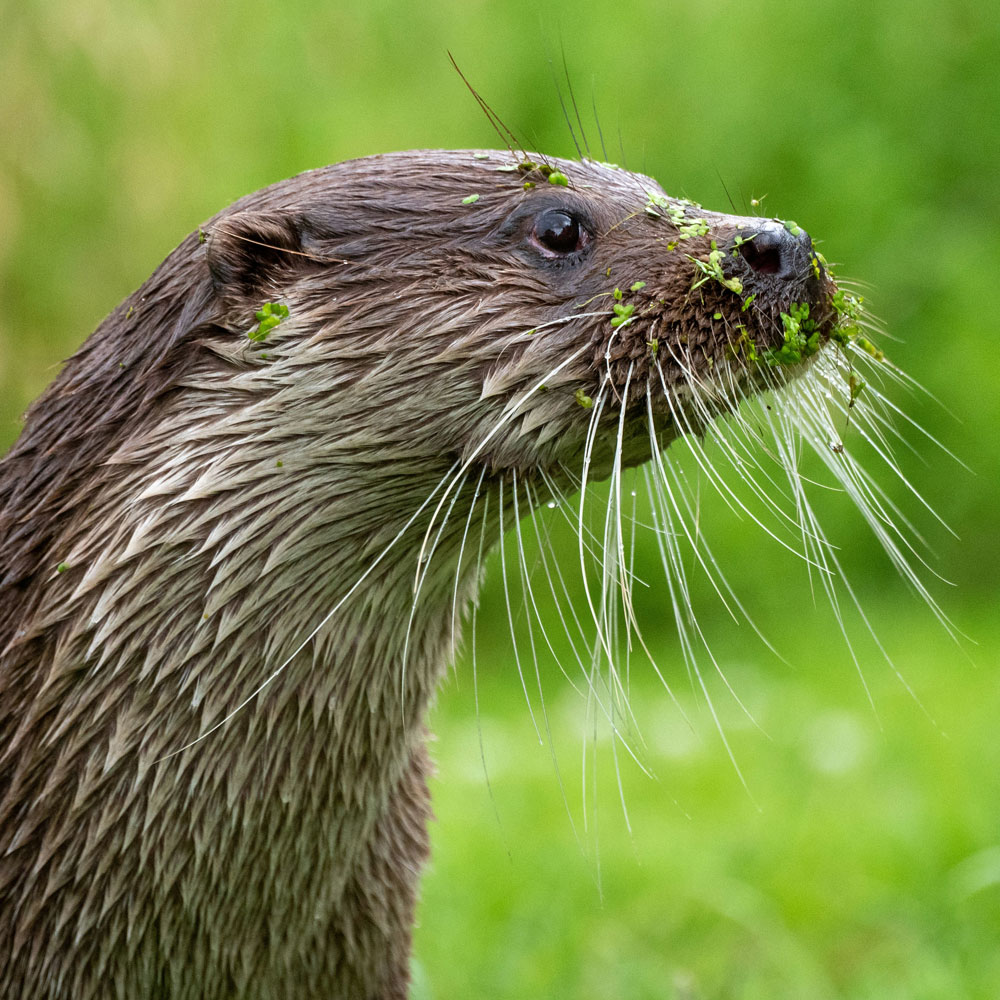
Otter populations in the UK were in serious decline from the 1950s onwards as a result of polluted waterways and habitat loss and fragmentation.
Otters are now offered legal protection, and due to conservation efforts and protective legislation their numbers are now improving. If it is considered that a development may disturb otters an initial survey to confirm the presence or absence of otters will be required.
Otters are active all year and are generally nocturnal. To survey for otters signs such as spraint, feeding remains and holts will be identified. An areas of approximately 100m on either side of the water course will need to be surveyed.
Should signs of otters be identified it may be necessary to conduct further survey work to establish more detail about the otters on site. This information is used to inform any mitigation design should it be required.
Reptile Survey
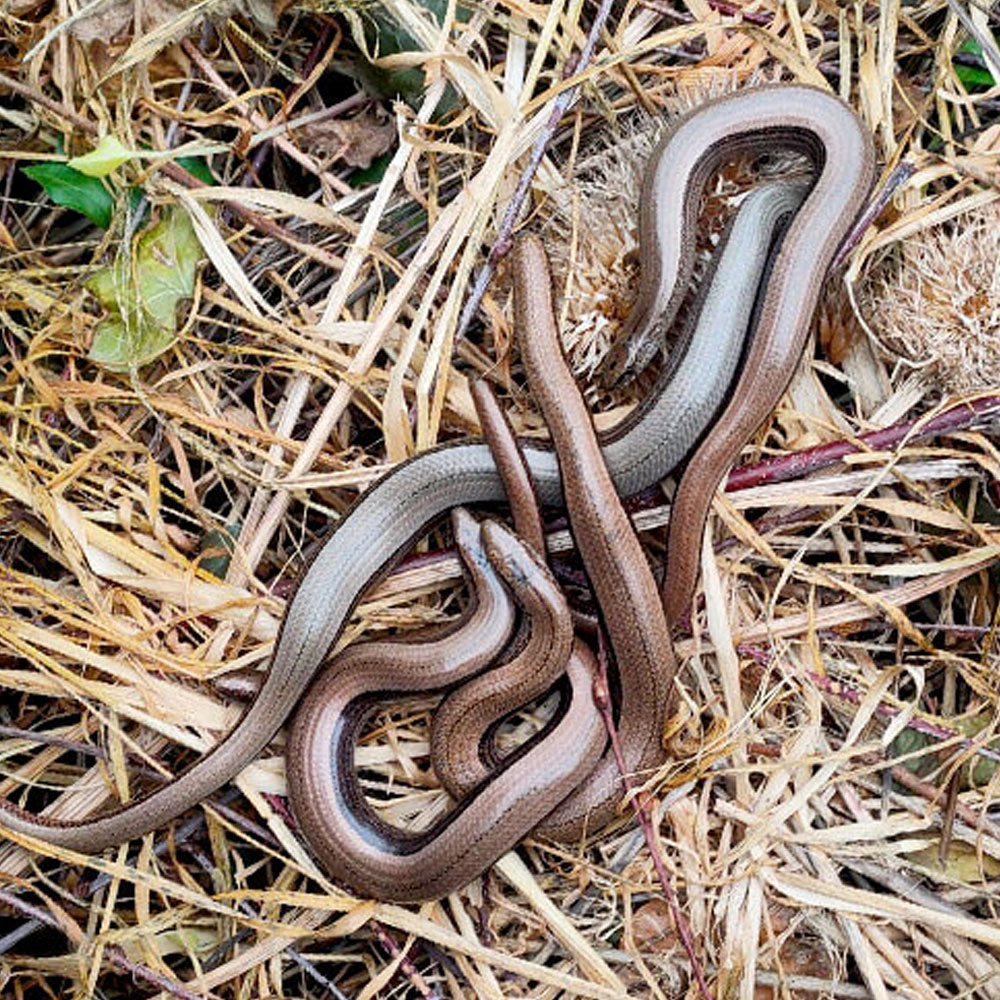
Reptile species are in decline in the UK due mainly to the loss or fragmentation of habitat.
All British reptile species are offered some legal protection. Although the level of protection varies depending on the species, all are protected against injuring, killing and selling. Only the sand lizard and smooth snake are fully protected under the Wildlife and Countryside Act 1981 (as amended).
Reptiles are active during the summer months and therefore all surveys must be conducted during this time. The optimum time for reptile surveys are the months of April, May and September.
There are several types of habitat that suit reptiles, these include long grass, dry heathland, hedgerows and woodland edges. To survey for reptiles artificial refugia is placed around the site in sunny places as reptiles will often use these areas to raise their body temperatures. The refugia is then systematically checked for reptile presence.
Reptile solutions can include the installation exclusion fencing systems, hibernacula creation, habitat enhancements, and reptile translocation.


